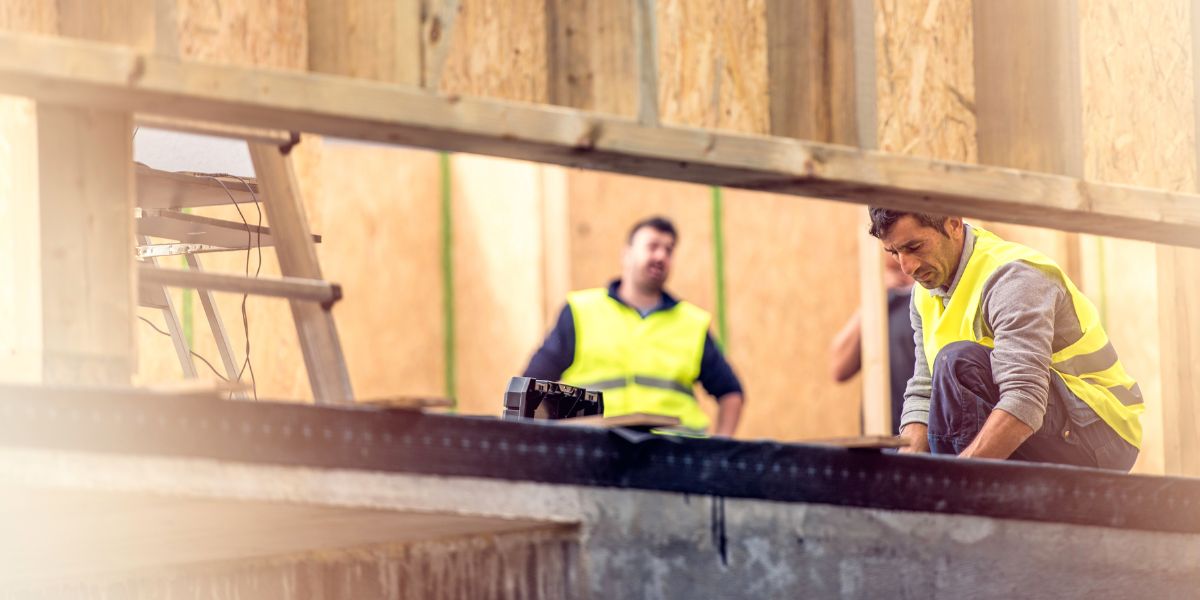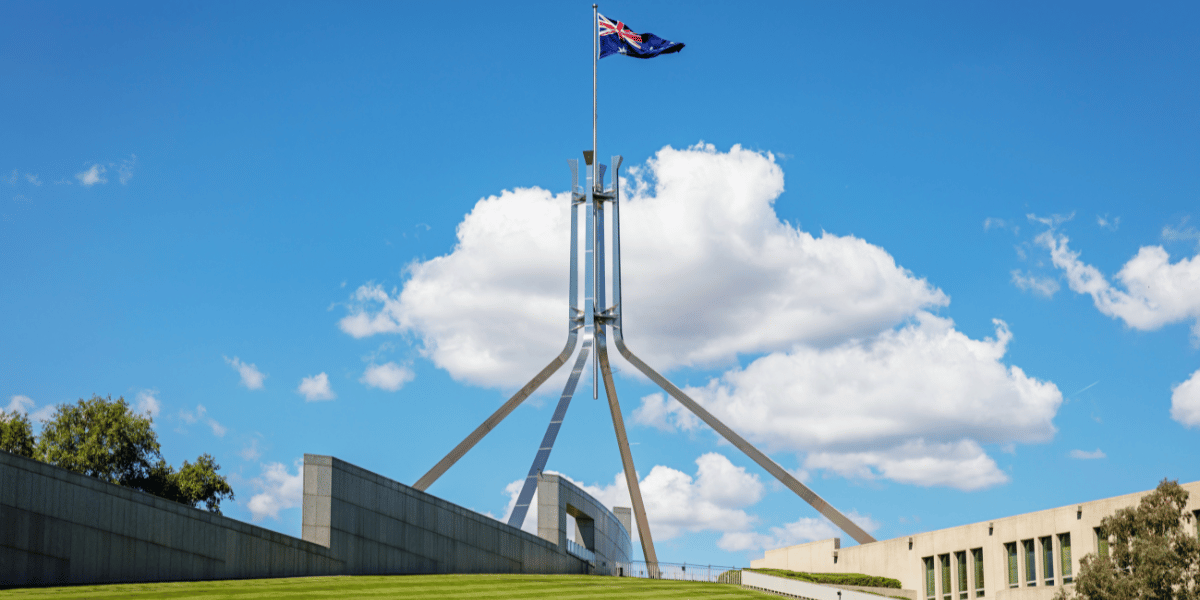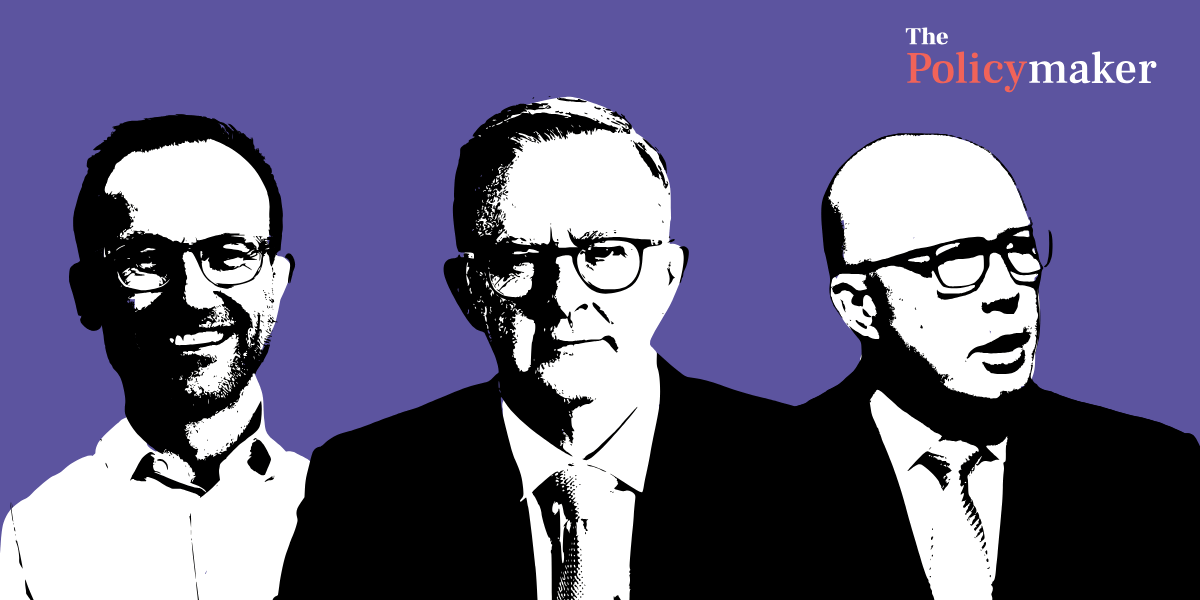31 July 2024
Australia faces a housing crisis with demand for affordable housing far outstripping supply. The property market continues to face significant challenges with an ongoing housing shortfall exacerbated by factors such as high immigration levels and constrained housing construction. Approvals for new dwellings are currently around 160,000 annually, falling short of the government’s target of 240,000 per year over the next five years. Economic pressures and capacity constraints have further depressed housing construction.
Access to financial support such as “the bank of mum and dad” and pandemic-related savings buffers have insulated the property market from high interest rates, facilitating a record number of all-cash purchases and parental financial assistance in recent years.
Nonetheless, recognising these problems, the National Cabinet recently set an ambitious target of building 1.2 million well-located homes over the next five years to offset the beleaguered housing market.
As part of this, there is a growing emphasis on using prefabricated technologies to build homes that are not only high quality but also cost-effective and quickly built. Prefabricated housing is a construction technique where manufacturers build components off-site in a controlled indoor environment before they are transported to the site for construction.
The advantages of this technique include shortening the construction period, reducing costs and greater quality control. Prefabricated housing is recognised as a highly cost-effective option suitable for urban residents with diverse income levels, including low-income families, young working professionals and the elderly. This makes prefabricated housing an inclusive solution that can address the needs of a broad demographic, making urban living more accessible to all.
Progress is being made. Just this month, for example, the NSW Government announced the first sites to trial modular social housing. It is investing $10 million to explore and trial this innovative method of delivering more social homes for the people of NSW.
Yet, prefabricated housing has been slow to take hold in Australia, unable to endure stigmas and regulatory problems. So, there is much to be gained from creating an enabling policy environment.
More than a fast and cheap build: the benefits of prefabrication
Prefabricated housing carries various benefits beyond simply being a cost effective and quick way of boosting housing supply. It offers a transformative approach to urban construction logistics that optimises several aspects of the building process.
By moving construction activities into controlled factory environments, prefabrication ensures that raw materials are protected from weather conditions on-site, reducing the material footprint required during assembly. This streamlined approach also facilitates on-time delivery of components, minimises on-site storage requirements and increases logistics efficiency.
In urban construction settings, prefab housing supports space optimisation by reducing the number of materials and equipment stored on-site. This not only prevents blocking of vehicles and ensures a safer working environment, but also allows for immediate installation of prefabricated elements after delivery. The rapid construction process also minimises disruptions to surrounding communities, thereby increasing the project’s overall efficiency and reducing the potential for damage to neighbouring properties.
From an environmental perspective, prefab significantly reduces material waste due to precise manufacturing processes that adhere to project specifications. This approach has the least environmental impact compared to traditional construction methods. Additionally, shifting labour-intensive tasks to factory settings helps reduce overall labour costs and increase cost efficiency.
Normalising prefabricated housing
To embrace prefabricated homes, as a society we must overcome stereotypes and misconceptions about their supposed inferiority or temporariness. Public awareness campaigns showcasing successful prefabricated housing projects can help shift public perception and acceptance.
To do so, the design and assembly of prefabricated homes should be flexible, adaptable, and reconfigurable to accommodate a range of uses and changing needs. Prefab housing schemes should be developed to easily allow the spaces to be changed to suit growing and ageing families. Ensuring the long-term viability and appeal of prefabricated housing requires designs that can evolve with residents’ needs and preferences. Sweden and Japan are key examples that Australia can learn from in using prefabrication in urban planning.
Prefabricated housing, when supported by inclusive and forward-thinking policies, can contribute to resilient, equitable cities that prioritise both social harmony and environmental responsibility. A supportive policy framework should aim to shift public sentiment in several ways to accept prefabricated housing as a legitimate part of Australia’s housing landscape.
- Design diversity and community engagement: By incentivising design diversity and engaging communities early in the planning process, residents should be empowered to contribute to the aesthetic and functional aspects of prefabricated developments. This fosters a sense of ownership and pride in the community, countering negative stereotypes and perceptions often associated with standardised designs.
- Affordability measures and mixed-income communities: Policies that address affordability concerns and promote mixed-income housing within prefabricated developments contribute to socioeconomic diversity and inclusivity. This helps combat the stigma sometimes attached to prefabricated housing as being exclusively for lower-income residents. By creating mixed communities, these policies promote social interaction and mutual support among residents from different socioeconomic backgrounds.
- Quality standards and certification: Establishing rigorous quality standards and certification processes ensures that prefabricated homes meet high standards of durability, safety and energy efficiency. This reassures potential homeowners and communities about the reliability and long-term sustainability of prefabricated housing, improving overall social acceptance.
- Environmental sustainability initiatives: Green building codes and sustainability targets promote eco-friendly practices in prefabricated housing construction. This not only reduces environmental impact but also enhances the social perception of prefabricated housing as a sustainable and responsible choice for environmentally-conscious residents and communities.
- Infrastructure investment and education programs: Investing in infrastructure and education programs supports local economic development and job creation within communities hosting prefabricated housing. This fosters a positive relationship between residents and policymakers, demonstrating commitment to enhancing liveability and growing opportunities for people in prefab neighbourhoods.
Next steps for housing policy on prefabricated homes
To meet the targets of the National Housing Accord, and deliver 1.2 million homes in good locations in the next five years, state and local governments should to take the following actions:
- Bring town planners and local authorities onboard to ensure that prefabs meet planning laws and do not look out of place alongside older buildings.
- Integrate prefabricated housing with existing infrastructure including roads, utility networks and public transport, to facilitate long-term community building and development. Lessons learned from the current trial for social homes in New South Wales could inform this planning.
- Engage the community in the design and planning phases (e.g., through feedback and consultation meetings, surveys) to make sure prefab homes meet the needs and desires of the community. Get local communities involved in the design process so that decision-making becomes more decentralised and the voices of different members of the community are reflected.
- Expedite permitting processes for prefabricated housing projects to reduce bureaucratic delays and costs.
- Modify building codes to accommodate prefabricated materials. Reforming building codes is crucial for enhancing confidence in the states’ building and construction industry. In late 2022, the NSW Government concluded its consultation on reforming building laws to accommodate prefab technologies, aiming to bolster confidence in the state’s building and construction industry while bolstering consumer protection and supporting workers. The consultation focused on proposing new building regulations for prefabricated and manufactured homes, intending to improve building quality and enhance homeowner protection. These regulations are expected to significantly improve building standards and increase homeowner protection. As of November 2022, they are being reviewed. The next steps should include evaluating the results of the consultation. This assessment will determine whether regulatory changes have been implemented and address emerging challenges in the sector. Ongoing monitoring and stakeholder engagement will drive further regulatory reform, ensuring they meet evolving industry needs and foster sustainable improvements in the NSW construction industry.
The integration of prefab housing into broader housing schemes emphasises a commitment to increase the supply and quality of housing through joint efforts between public institutions and private stakeholders. These partnerships have the potential to significantly accelerate the construction of affordable homes, address housing shortages, and increase housing quality.
For local councils, partnering with private developers on prefabricated projects can streamline planning processes and speed up approvals, taking advantage of factory-built components in a controlled environment. This approach aligns with urban development goals by integrating modern construction methods (MMC) that minimise site disturbance and environmental impact.
For instance, the NSW Government’s initiative to use prefab homes as part of a $224 million housing package aligns with efforts to build partnerships between local councils and private developers. As part of this plan, the MMC taskforce, which is due to run for two years from late 2023, should prioritise strategies that strengthen cooperation between local councils and private developers while creating transparent and supportive regulatory frameworks. These frameworks should streamline prefab housing approvals and standards, zoning, planning permits and building codes to encourage the adoption of prefab technologies. These efforts will support collaboration and align with the government’s wider goals of addressing housing insecurity and reducing social housing waiting lists.
By introducing TAFE courses focused on design and contracting for prefab construction, the NSW Government could equip local residents with specialist skills for the growing prefab industry. This would also align skills with the demands of modern housing solutions.
Along with educational investments, infrastructure improvements such as improved transportation networks and facilities are critical to support prefab housing developments. By integrating education and infrastructure investments, state and local governments create a flexible framework that supports housing innovation.
Finally, secure tenure in prefabricated housing is essential for fostering long-term community investment and stability. Policies and designs should ensure that prefabricated homes offer secure tenure options to encourage residents to invest in and commit to their communities. This will increase housing security and promote social cohesion, neighbourhood stability and sustainable urban development.
Dr. Parisa Ziaesaeidi is an architect with experience in both academia and industry. She is an Associate Lecturer in Architecture at Western Sydney University. She holds a PhD from the Queensland University of Technology in Australia. Her research interests focus on social sustainability, large and small-scale built environments and neighbourhood design. Parisa’s expertise in this area is reflected in publications in international journals, conferences, and architectural magazines, where she has established herself as an architectural journalist.
Image credit: vm from Getty Images Signature
Features
Libby Hackett, Jordan Ward, Jack Isherwood, Bonnie Bley, Hannah Lobb, Isabella Whealing and Hugh Piper
Subscribe to The Policymaker
Explore more articles
Libby Hackett, Jordan Ward, Jack Isherwood, Bonnie Bley, Hannah Lobb, Isabella Whealing and Hugh Piper
Features
Libby Hackett, Jordan Ward, Jack Isherwood, Bonnie Bley, Hannah Lobb, Isabella Whealing and Hugh Piper
Explore more articles
Libby Hackett, Jordan Ward, Jack Isherwood, Bonnie Bley, Hannah Lobb, Isabella Whealing and Hugh Piper
Subscribe to The Policymaker








